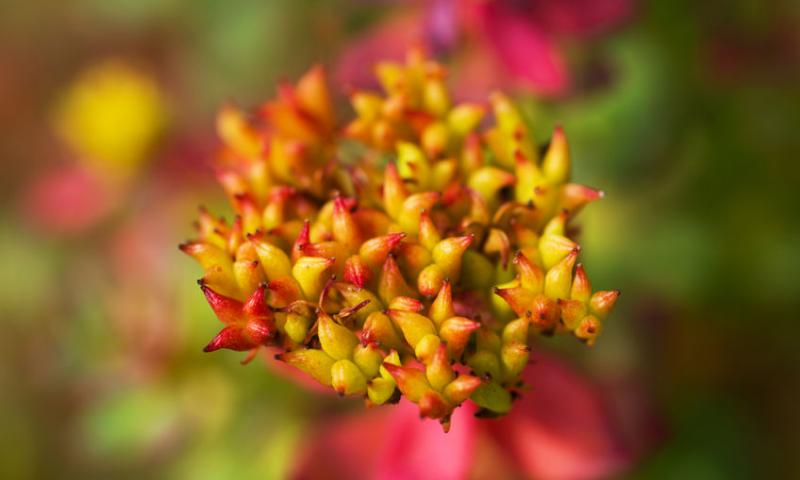 />
/>
LATIN NAME: Rhodiola Rosea.
CHINESE NAME: Hong Jing Tian.
COMMON NAMES: golden root, rose root, roseroot, Aaron's rod, Arctic root, king's crown, lignum rhodium, orpin rose.
BOTANICAL INFORMATION: Rhodiola Rosea is a perennial succulent dioecious herbaceous plant with a powerful horizontal rhizome and tender additional roots. Leaves are sessile, alternate, oblong-ovate, elliptical or pointed, plain or serrate-dentate in the upper part. Inflorescence is corymbous, multiflorous. Flowers are yellow, same-sex, four-, rarely five-membered. Fruits are erect and greenish. The flowering time is June-July, the ripening of fruits takes place in July-August.
CHEMICAL COMPOSITION: The roots and rhizomes of Rhodiola Rosea contain flavonoids, phenolic glycosides, salidrosides, antraglycosides, tannins (15.6%), organic acids (gallic, oxalic, succinic, citric, malic and lactonic substances), essential oil and a large amount of manganese. The essential oil contains phenylethyl alcohol, β-phenylethyl acetate, cinnamic aldehyde and citral.
TINCTURE RECIPE: pour 500 ml of vodka over 50 gr of Rhodiola Rosea root powder. Leave a glass container being closed properly in a dry, cool, dark place for 14 days. Shake it periodically. When ready, strain. Take 20-30 drops 30 minutes before meals.
“Every herbalist has their favorite plant. Mine is Rhodiola Rosea”
Chris Kilham
*This article is for informational purposes only. We suggest consulting with a physician before using these or any other herbal supplements.
